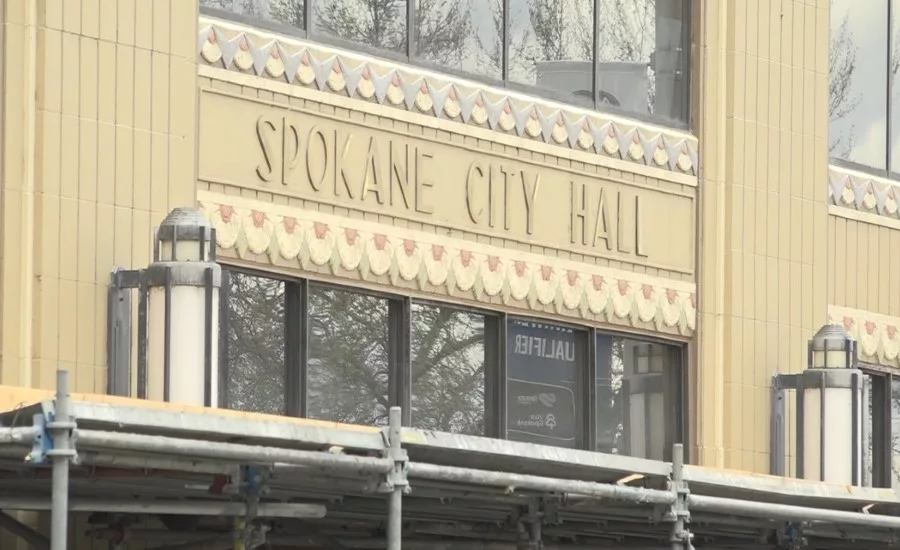Municipal Codes Revisited
Spokane, Wash., Launches Self-Reporting Digital Roof Inspection Program
City elevates pilot project to permanent program for residential reroofs

During the pandemic, a population boom and influx of new arrivals had squeezed Spokane, Wash.’s housing market to the breaking point. According to reporting in the Inlander newspaper, city home prices have soared 60 percent in the last two years.
— Photo courtesy of CBS affiliate KREM
Spokane, Wash., city officials announced on October 1 that a pilot project essentially deputizing contractors to certify their own underlayment placement versus waiting for a city building official to issue a green tag was elevated to a permanent program.
In a blog post on the city’s website, Deputy Building Official John Goldsmith announced the program's elevation and said that 20 roofing contractors interested in participating in the process and willing to complete in-person training and possible site walk-throughs would be invited to join.
Goldsmith added that the program would be open to all companies with “a proven track record that complete the training.”
The program is also limited to reroofs of residential homes; commercial and new construction is not applicable for this service.
Goldsmith explained in the post the advantages the program offers roofing contractors, including:
- The program will greatly reduce downtime and save contractors money since they won't have to wait for an inspection of the underlayment and ice and water shield before applying the final roofing material.
- It will reduce risk and liability with the threat of storms and water intrusion damage. Contractors' customers will love it since there is always a concern when the roof is without shingles or tile while waiting for the initial sheathing/underlayment inspection.
- Roofers can stay on the job without moving to another roofing job while waiting for the sheathing inspection on roof No. 1. This makes for better efficiency.
- The goal is to keep downtime on roofing projects to a minimum and perform a seamless, professional, and timely inspection process.
Program features include:
- Project managers will document key points in the roofing process with photos and/or video, including roof deck, underlayment, ice and water barrier, flashing, valley underlayment, valley cuts or weave, venting, shingle application, and ridge cap.
- Photos and/or videos will be sent to the City Building Inspector, who will review photos for code compliance and perform virtual roof deck and final inspections.
- This service benefits roofing companies, homeowners and City staff, as there will be no more scheduling conflicts. It eliminates two physical inspections for City field staff, assuming the project meets the code standards.

In the northeast corner of Washington, Spokane is the state’s second-largest city, located about 34 miles west of Coeur d’Alene, Idaho. Its population has ballooned over the last two years, exacerbating an already tight housing market.
According to the U.S. Census, the city’s population in 2010 was just shy of 209,000 residents. In the following decade, Spokane's population had increased by just 10% to about 229,000 individuals. A 2021 estimate by the Census Bureau now sets the population of Spokane at close to 594,000, an increase of nearly 40%.
— Photo courtesy of Wikipedia
The change is part of the city's larger effort to address a housing shortage that has become common around the country as fewer homes have been built since the Great Recession of 2008, higher interest rates for new home loans, and median home prices outpacing inflation. The self-monitoring pilot program was first launched last July as part of Spokane’s effort to streamline services and make construction more efficient. The public comment period for these and other proposed amendments to the Spokane Municipal Code ends today.Roofing Contractor will stay on this story to see whether local contractors take the time to participate and, if so, whether the intended efficiency gains have any downsides.
For more information, visit my.spokanecity.org.
Looking for a reprint of this article?
From high-res PDFs to custom plaques, order your copy today!






